Is the 2025 Toyota 4Runner Good for Families?

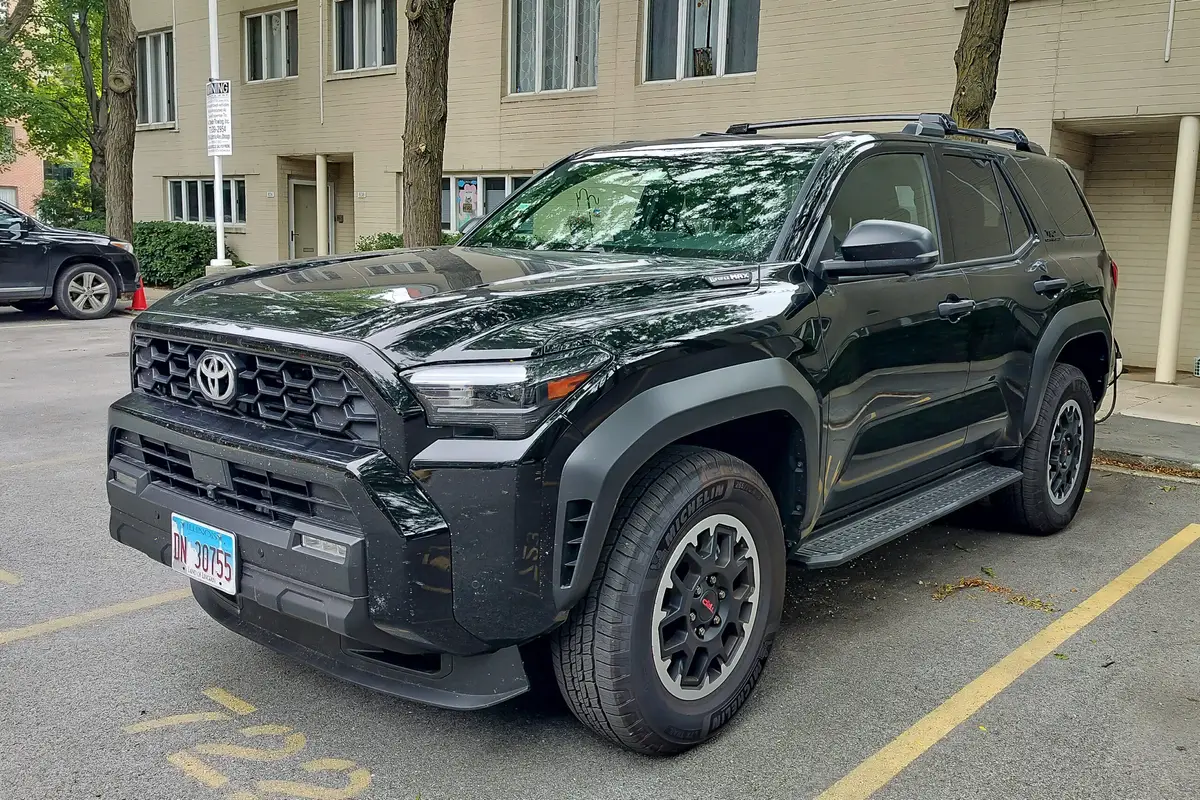
One reason SUVs have blossomed in popularity is because they’ve become the kid hauler of choice for families as minivan popularity wilts. With so many popping up in automakers’ lineups, families have loads of choices. One newly reimagined one, the 2025 Toyota 4Runner, takes an off-road-oriented, yet civilized, approach to hauling people and stuff.
After 15 years without a major redesign, the 4Runner is new for 2025, and while it maintains its go-anywhere persona, it also adds modern refinements in the powertrain and tech departments.
Related: We Bought a 2025 Toyota 4Runner Hybrid, And It Wasn’t That Hard
But how does it stack up for families? I loaded up my husband and two kids for a mini road trip from Chicago to Madison, Wisc., in our long-term 2025 4Runner TRD Off-Road Premium hybrid to test it out.
Kid Comforts

Our 4Runner has seating for five, but the SUV can have a third row that brings seating capacity to seven. The five-seat 4Runner’s roomy backseat has adult-friendly headroom and legroom, so it easily accommodated my 10-year-old twins. They’re in backless boosters, which fit snugly on the wide, lightly bolstered seat. The second-row seats sit a bit higher up than in other SUVs, but my kids didn’t mind; adults, however, might find it odd.
For families with kids in other types of car seats, the results are mixed. The backseat was too tight to fit three car seats across, like the previous generation was able to do. It’s plenty wide, but the way the seat cushion is bolstered and the placement of the buckles prevents the middle seat from being wide enough to hold a car seat.
We also needed a little bit more room for rear-facing car seats in our Car Seat Check of the 2025 4Runner. Infant and rear-facing convertible seats were easy to install, but we had to move the front passenger seat up to accommodate them. That meant our 5-foot-6-inch front passenger’s knees were close to the glove box. Taller passengers will need more space to be comfortable.
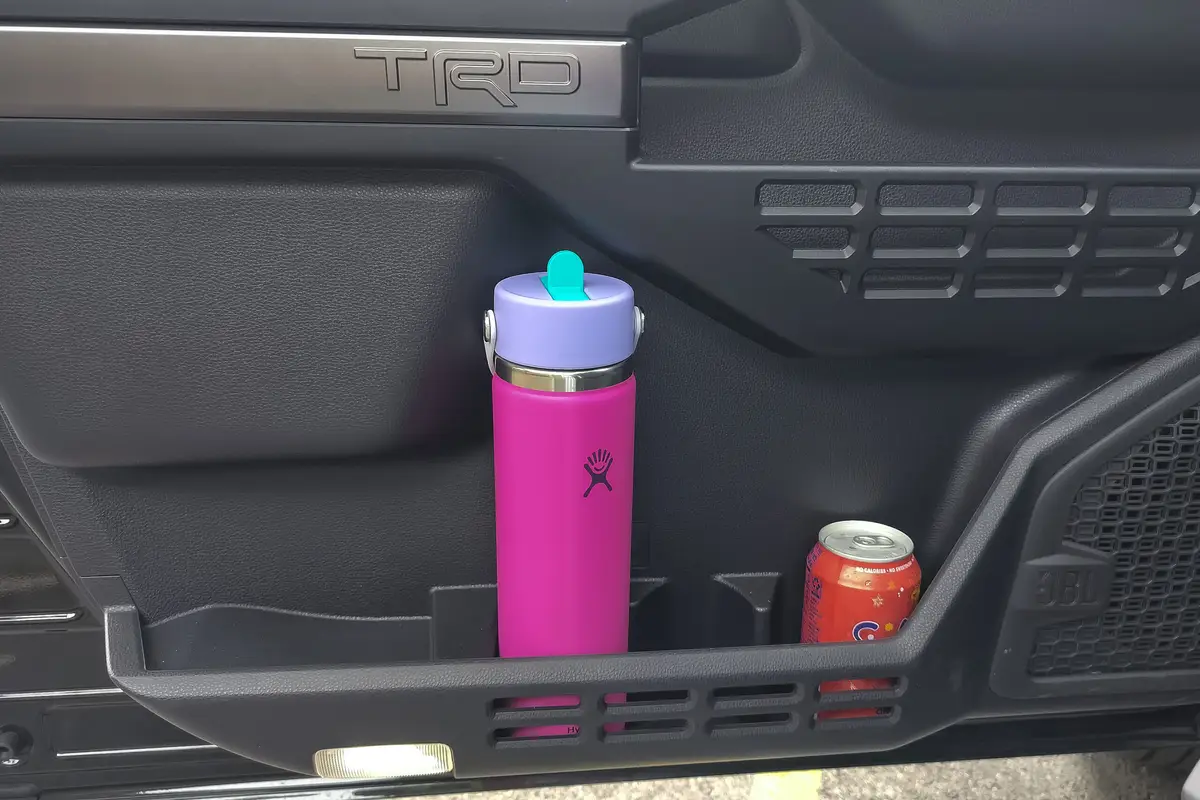
In other ways that matter to kids — like snacks and screens — the 4Runner was a hit. With minivan-like cupholder and bottle-holder capacity (12!) and enough small-items storage spots, my kids were able to load up on snacks and drinks to keep them quiet — sorry, happy.
While it does not offer an available rear entertainment system, the 4Runner does have plenty of power ports to keep the kids’ tablets charged; the TRD Off-Road Premium hybrid has five USB-C ports across its two rows as well as other power points: one 12-volt auxiliary power outlet in the center console, and two household power outlets in the rear seating and cargo areas.
Parent Headaches
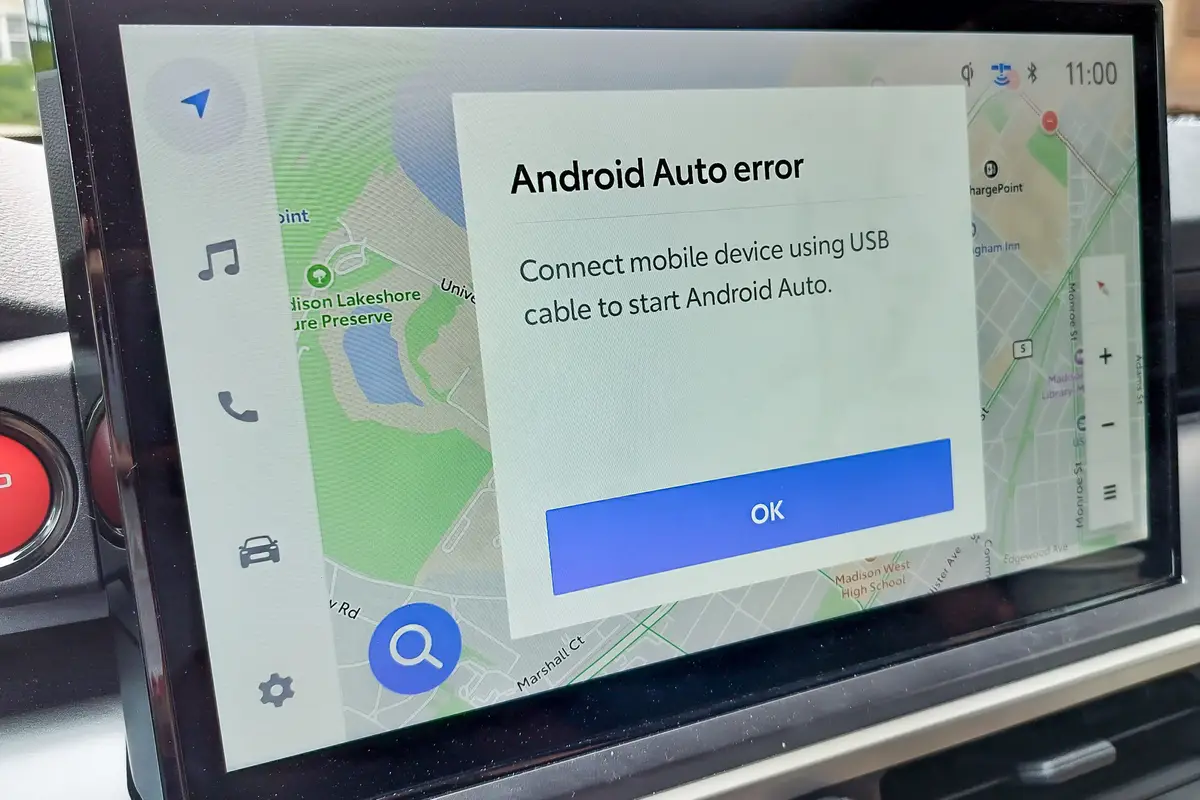
While the number of USB ports was a hit, I struggled with one aspect of the tech during my trip. The 4Runner features standard wireless Apple CarPlay and Android Auto smartphone integration, which I usually find a handy feature for maps and music — when it works.
In the 4Runner, wireless Android Auto would continually get disconnected, and I’d have to drill through the phone and Bluetooth settings to “forget” my phone and then reconnect it — each time the car was turned off and then back on. I routinely got prompted via a screen message to use a wired connection instead. In test drives of other recent Toyotas, including the 2025 Prius and 2025 Corolla Cross, the wireless system reconnected seamlessly almost every time.
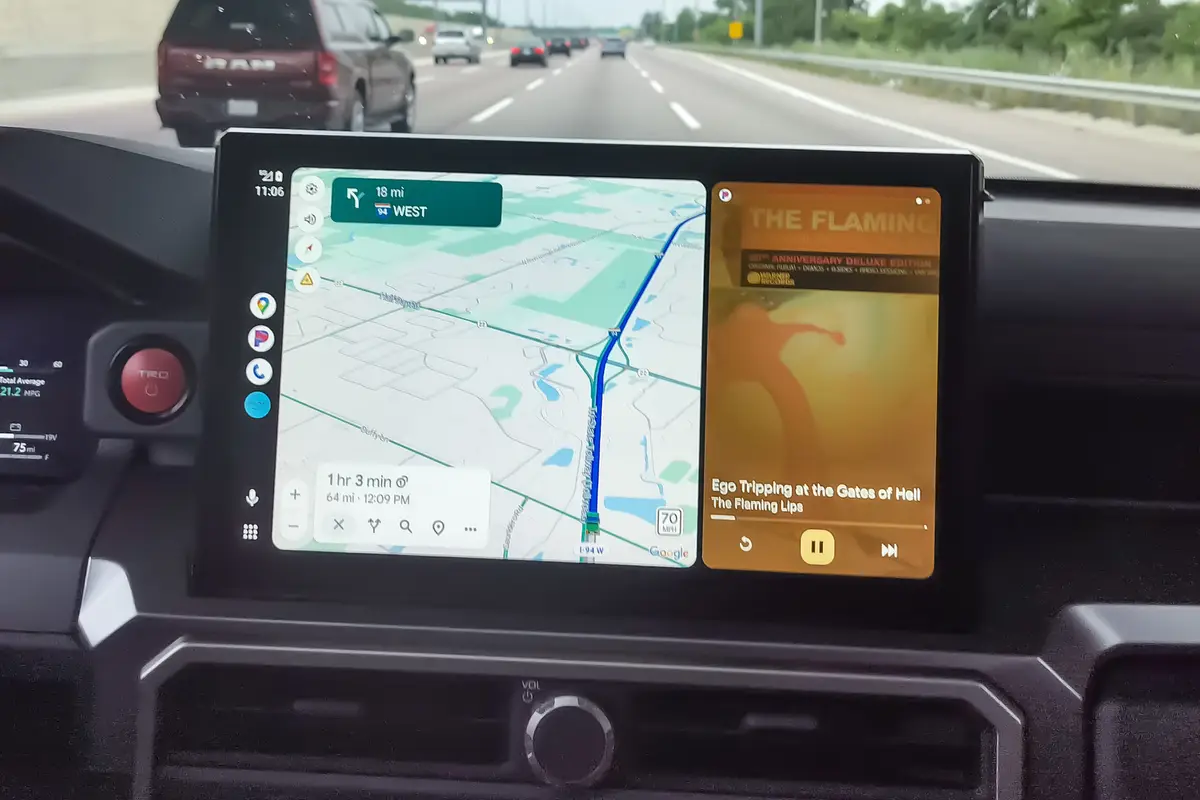
Otherwise, the large 14-inch touchscreen infotainment screen was responsive and easy to use, with a clear menu structure and intuitively placed controls.
Road-Trip Chops
In areas that matter a lot on a road trip — cargo capacity and fuel economy — the 4Runner proved capable.
We loaded up the cargo area with a weekend’s worth of bags for the four of us and had room to spare. The 2025 4Runner TRD Off-Road Premium hybrid has 22.9 cubic feet of cargo space behind the backseat, according to Cars.com measurements, which makes it one of the larger mid-size two-row SUV cargo areas we’ve tested. That includes a bit of underfloor storage for corralling smaller items. One quirk: In hybrid models, the cargo floor is raised up a bit because of the hybrid system’s battery under the floor. It’s a bit odd but didn’t get in the way.

Fuel economy is way up in the new 4Runner, which offers a gas-electric hybrid powertrain for the first time. In i-Force Max hybrid versions, the electrified powertrain features a turbocharged 2.4-liter four-cylinder paired with an eight-speed automatic transmission that makes 326 horsepower total. It’s EPA-rated 23/24/23 mpg city/highway/combined, which is leaps above the old 4.0-liter V-6’s 16/19/17 mpg rating.
That tracks in the real world. During my 367-mile trip, I averaged 24.5 mpg with an average speed of 45 mph.
How Much Does the 2025 Toyota 4Runner Cost?
Its price varies — a lot. A base SR5 trim starts at $42,765 (all prices include destination) — about $1,000 more than the outgoing version. We bought our TRD Off-Road Premium hybrid for a lot more: $61,219, which included a few extras. And that’s when the math starts to get a little fuzzy. For example, the 4Runner Platinum’s $64,855 starting price pits it squarely against Toyota’s own, more upscale Land Cruiser SUV. It also comes really close to the base price of the more luxury-oriented, Land Cruiser-based Lexus GX 550 from Toyota’s luxury brand.
So, while the 2025 4Runner capably handles family duty, getting past its steep price might be a tough hill for some families to climb.
More From Cars.com:
- 2025 Toyota 4Runner Review: Time for Some Soul Searching
- Diverse 2025 Toyota 4Runner Lineup Priced From $42,220 to Nearly $70K
- Off-Road Toyotas Compared: 2024 Land Cruiser Vs. 2025 4Runner
- Video: 2025 Toyota 4Runner: Worth the Crazy Price Tag?
- Shop for a 2025 Toyota 4Runner Near You
Related Video:
Cars.com’s Editorial department is your source for automotive news and reviews. In line with Cars.com’s long-standing ethics policy, editors and reviewers don’t accept gifts or free trips from automakers. The Editorial department is independent of Cars.com’s advertising, sales and sponsored content departments.

News Editor Jennifer Geiger joined the automotive industry in 2003, much to the delight of her Corvette-obsessed dad. Jennifer is an expert reviewer, certified car-seat technician and mom of three. She wears a lot of hats — many of them while driving a minivan.
Featured stories
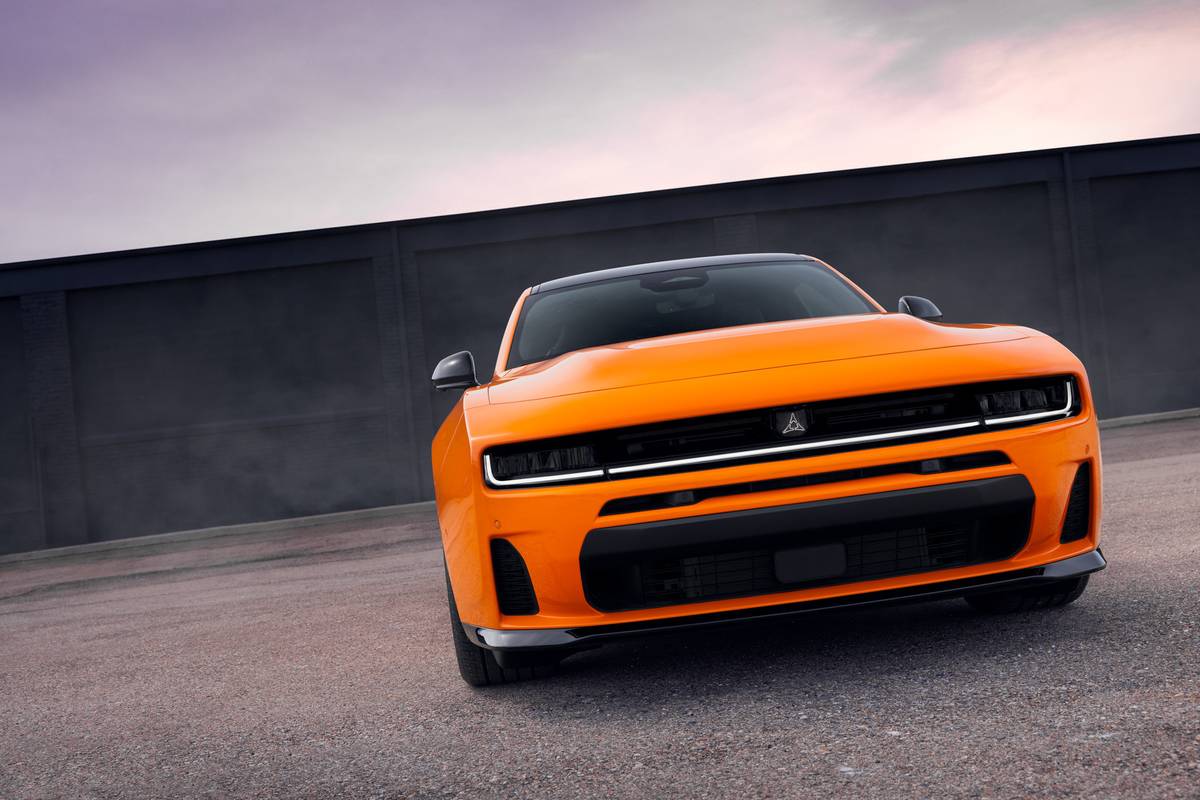
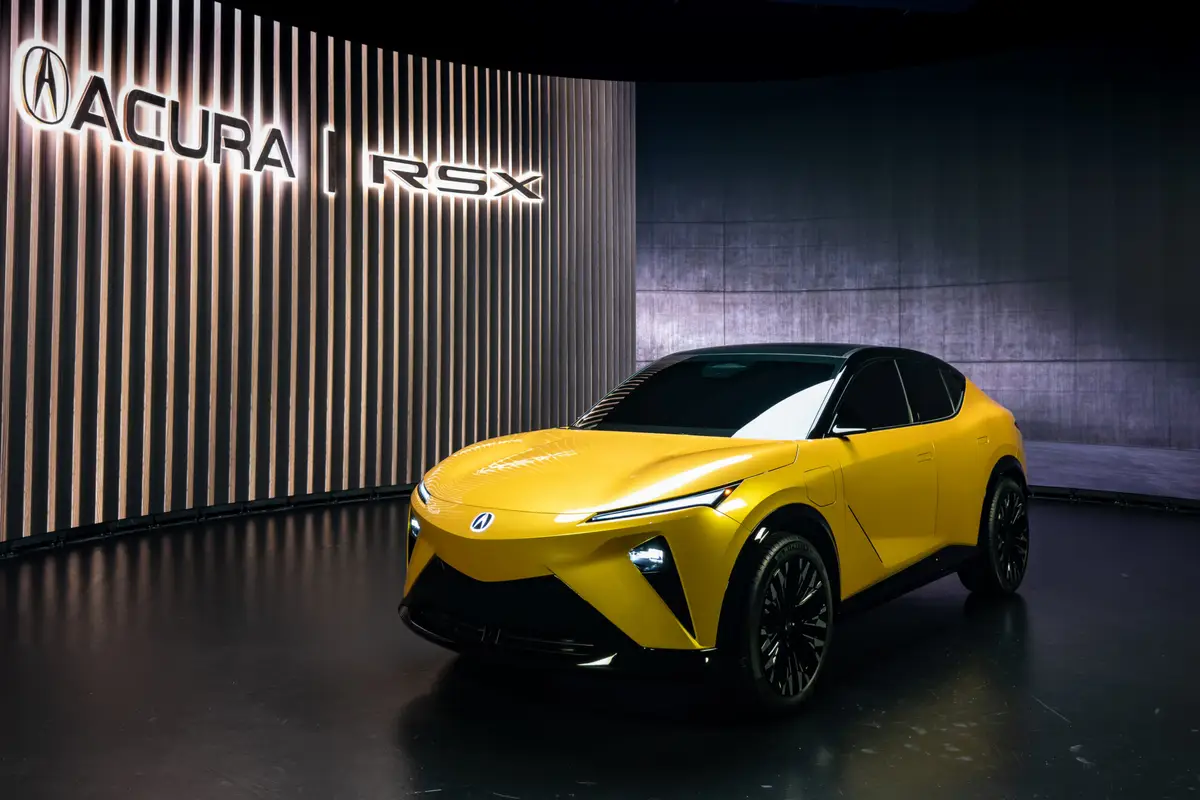
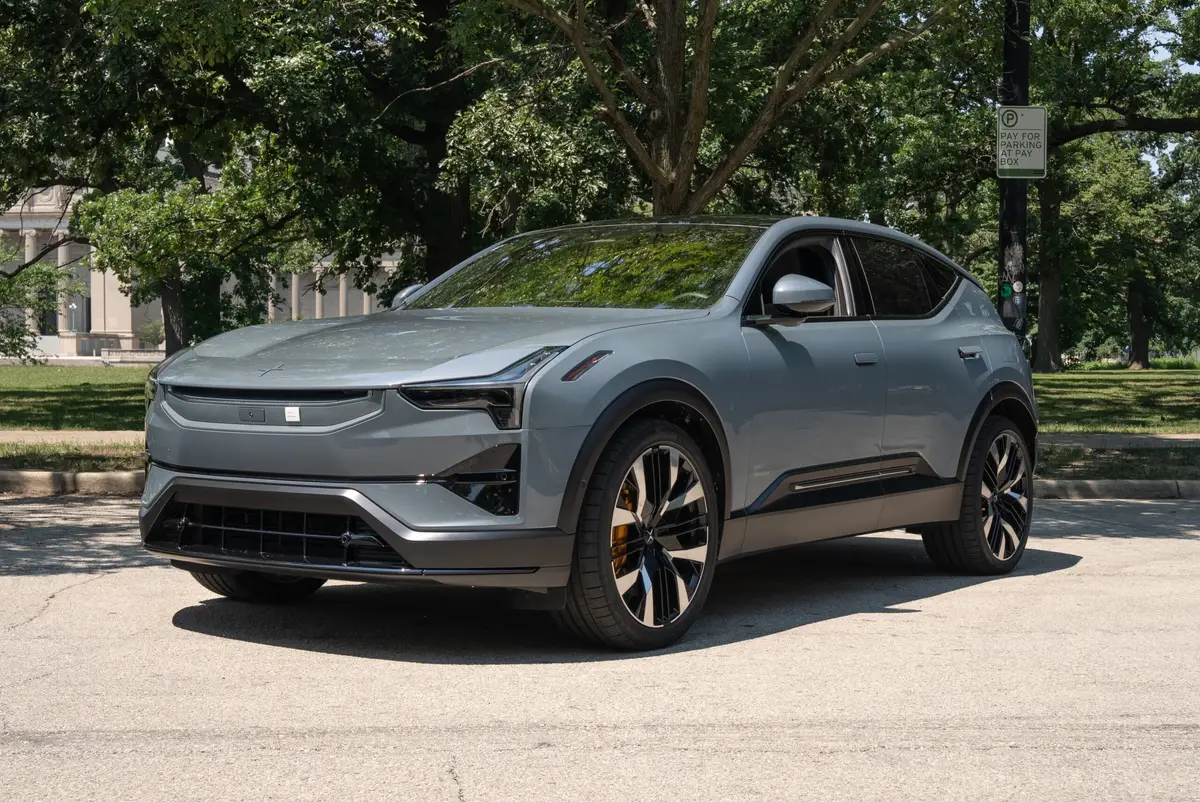
2025 Polestar 3 Review: Understated Electrified Luxury

